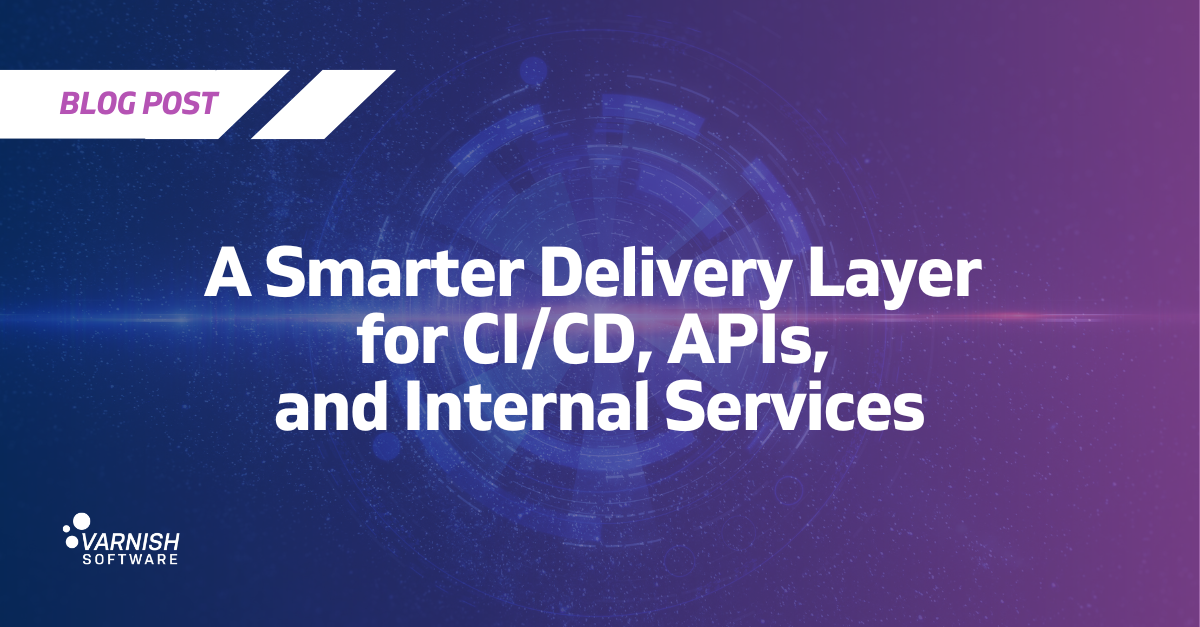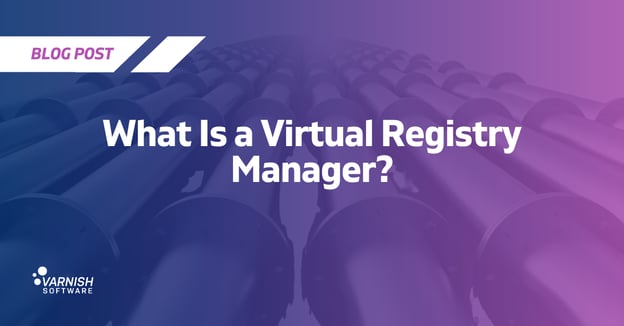At a Glance:
|
Your tools are fast. Your code is clean. So why are your pipelines slow?
If your CI/CD runners are sitting idle, it’s probably not compute that’s the bottleneck, but the network. In modern software systems, artifacts, packages, config files, API calls, even internal service responses all move across multiple networks, formats, services, and layers. Each one has its own latency, retry logic, authentication, caching behavior, and idiosyncrasies.
No single tool is to blame; complexity is standard: S3 buckets for models, Artifactory for builds, Git servers for code, DockerHub for images, internal APIs for config, SaaS services for secrets. Each of these contributes to slowdowns in ways that are hard to track and fix consistently.
The Cost of Fragmented Delivery
Fragmented delivery paths don’t always cause hard failures, but they can erode performance and reliability. Think slow fetches, cache misses, traffic spikes, and misconfigured rate limits. Things don’t have to be “broken” to be slow.
Runner-level caches, internal mirrors, or redundant retries, are obvious workarounds, but often these don’t scale adequately for distributed enterprise teams, and can introduce even more complexity. Developers keep waiting on builds, and SREs debug flaky jobs.

A Shared Layer to Unify Delivery
This isn’t a registry problem, nor is it necessarily about artifact management or API design. It’s more about delivery: the act of moving bytes from one place to another in a way that is reliable and efficient during real-world operational processes.
Can we use Varnish Enterprise to remediate some of these issues? Think of it as a central courier service for your entire workflow, rather than a new warehouse. It’s a caching and policy engine that acts as a programmable shield between your infrastructure and your workloads. You can put it in front of a single bottleneck like Artifactory, DockerHub, or a noisy internal API, and use it to:
- Cache repeated requests
- Apply access rules
- Manage rate limits
- Add observability
- Route traffic intelligently
It’s protocol-aware, format-agnostic, and doesn’t care if the origin is S3, GitHub, a legacy app, or a modern microservice. If it speaks HTTP, Varnish can work with it.
Accelerate More Than You Think
Most teams discover Varnish when trying to accelerate web and video delivery, but the same model applies across your internal network and software lifecycle. For example:
| Artifact and Package Delivery | API Acceleration | Model and Dataset Fetching | Microservice Coordination |
| Cache Maven, npm, PyPI, and Docker layers close to runners. No more redundant downloads or unpredictable registry behavior. | Speed up internal services that are under heavy read load with intelligent request caching and TTLs. | Cache large ML artifacts pulled from S3 or external stores, avoiding repeated transfers and egress charges. | Route and throttle traffic between noisy services to avoid cascading failures and provide a more stable runtime layer. |
Every system that makes repeated HTTP(S) calls to a known origin can benefit.

Why a Unified Layer Makes Technical Sense
Modern delivery workflows are not isolated. Artifacts pass between systems. Session state often needs to persist across services. Access rules are inconsistently applied. Unifying delivery with something like Varnish Enterprise can change that, offering tangible technical advantages:
| Consistent policy enforcement | Enforce access, rate limits, and token validation once. |
| Predictable caching | Define TTLs, cache keys, and invalidation centrally with VCL. |
| Built-in observability | See all delivery traffic, response times, cache hit rates, and origin failures in one place. |
| Backend abstraction | Swap out registries or APIs without changing pipeline logic. Varnish handles the interface. |
| Smarter failover | Catch origin errors early, retry safely, and keep pipelines running. |
"Not another layer, surely?" is an understandable reaction. The goal of Varnish, though, isn't to add more fragmentation but to solve it. Varnish doesn’t replace your registries, services, or infrastructure. It makes them work better together by centralizing the logic for delivery.
You can start small:
- Drop Varnish in front of a single HTTP delivery pain point
- Apply basic caching rules and observe the effect
- Layer on observability and access control
- Expand as needed without breaking existing workflows
Advantages of This Approach
What a Varnish Enterprise caching layer fundamentally provides is an intelligent buffer between your infrastructure and your delivery workloads. It's an approach founded in core Varnish principles:
- Fast by Default: Sub-millisecond response times for cached requests.
- Composable: Works alongside your existing stack. No lock-in or replatforming.
- Neutral: Deploy on-prem, in the cloud, or at the edge.
- Observable: Full request logging, cache stats, and traffic insight with rich metadata.
- Policy-Driven: Control caching, access, routing, and request transformation with precision.
- Resilient: Catch transient origin failures, enforce failover rules, and absorb load spikes before they cascade.
What You Get
- Faster pipelines and builds resulting in better engineering hours utilization
- Reduced egress and backend traffic
- More consistent delivery across teams and services
- Clear visibility into what’s happening in your delivery layer
- A platform for future policies, performance tuning, and scaling
Next Steps
You don’t need to adopt Varnish across your entire stack to see value. Start by placing it in front of one flaky or expensive service. Cache intelligently. Monitor behavior. Measure the difference.
It’s a low-friction way to gain control over one of the most overlooked parts of modern software delivery.
Ready to give it a go? Start a Free Trial →
/VS-logo-2020-197x60.png?width=136&height=60&name=VS-logo-2020-197x60.png)




